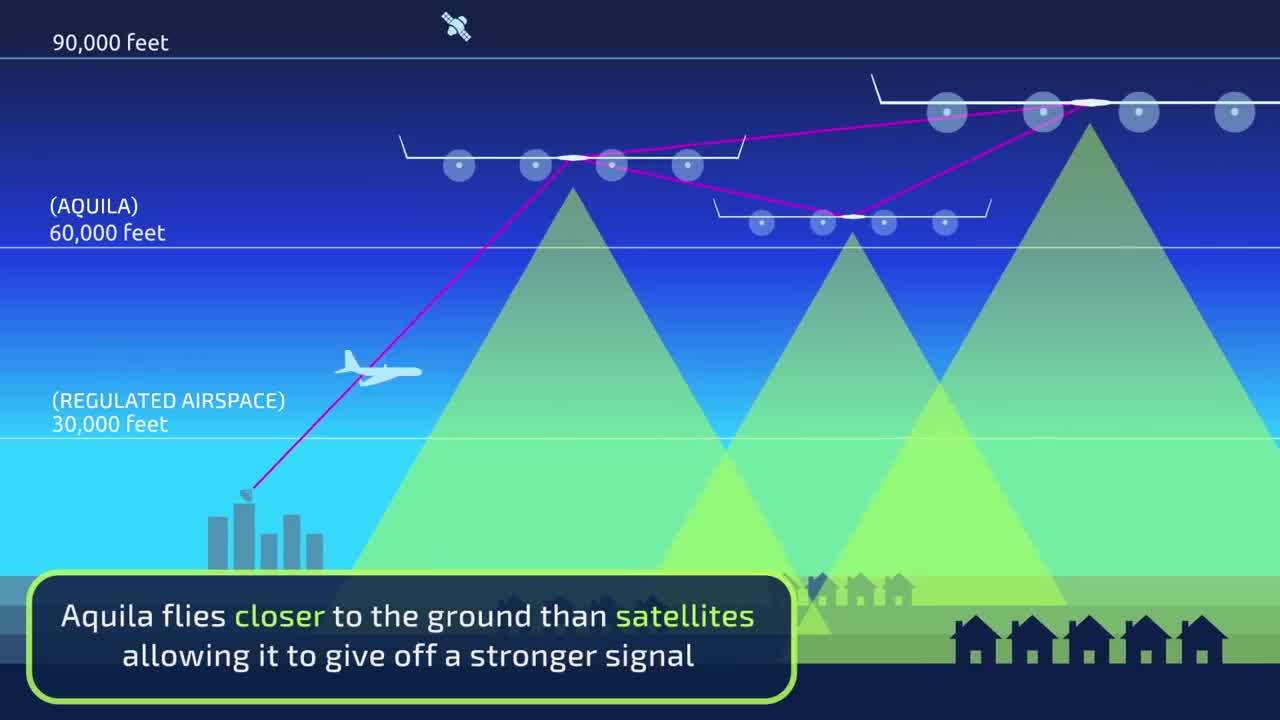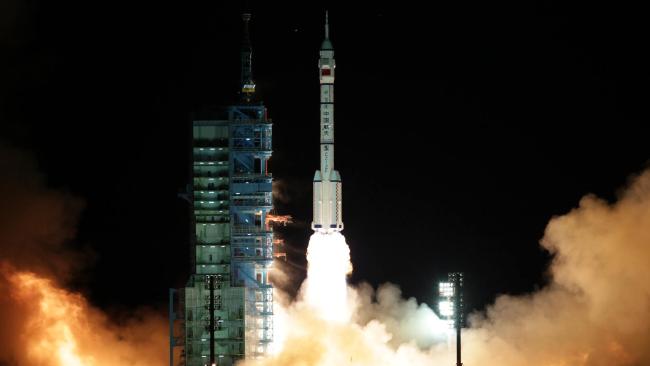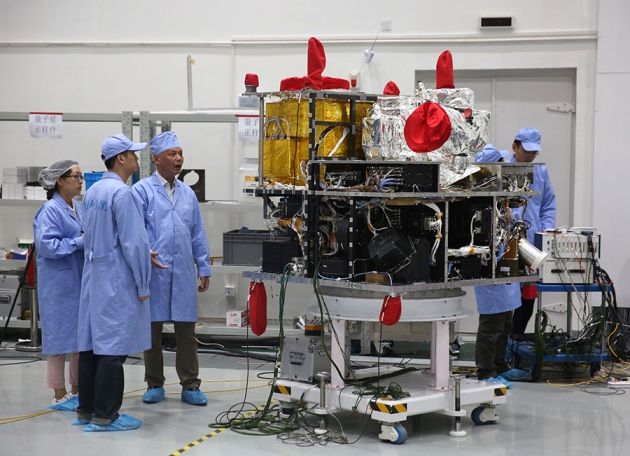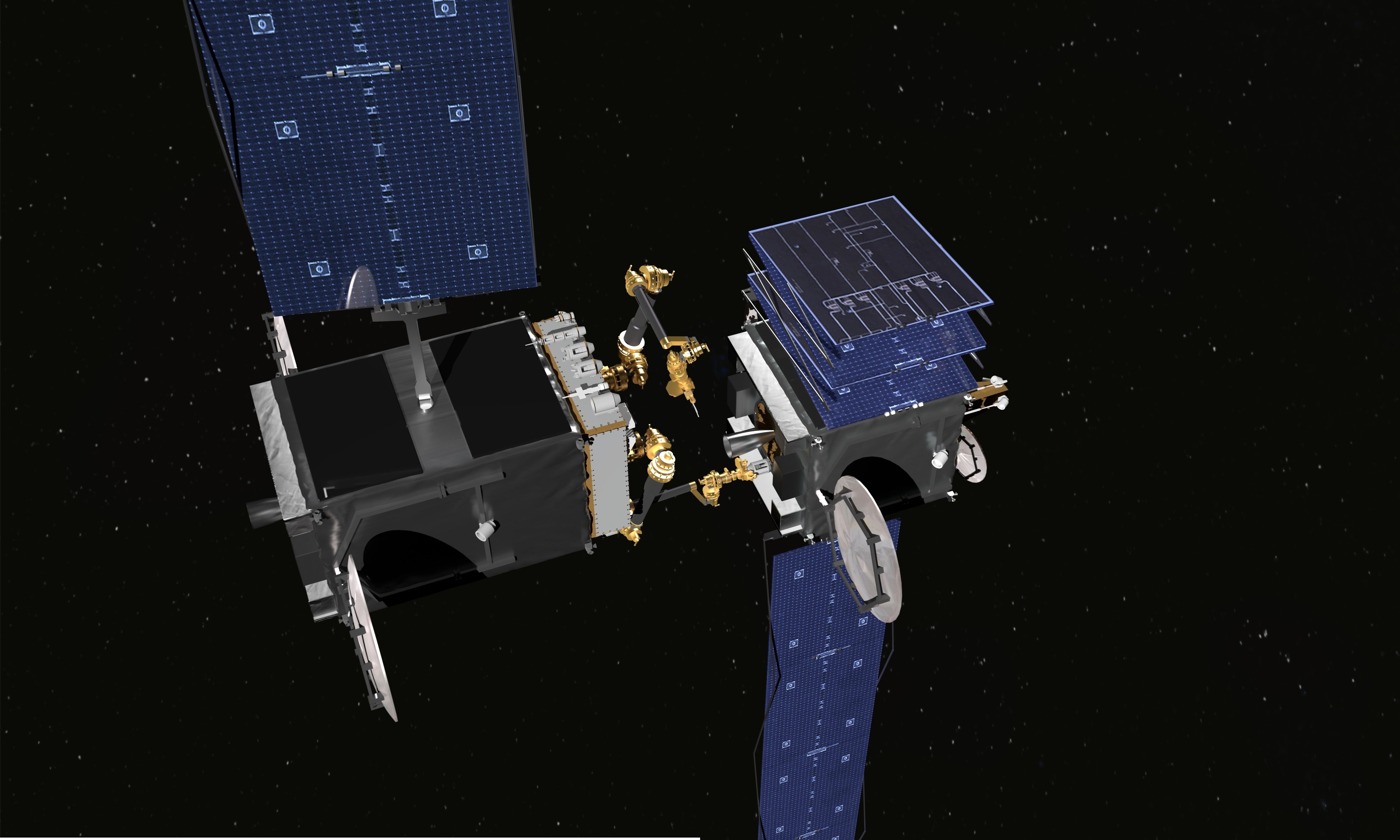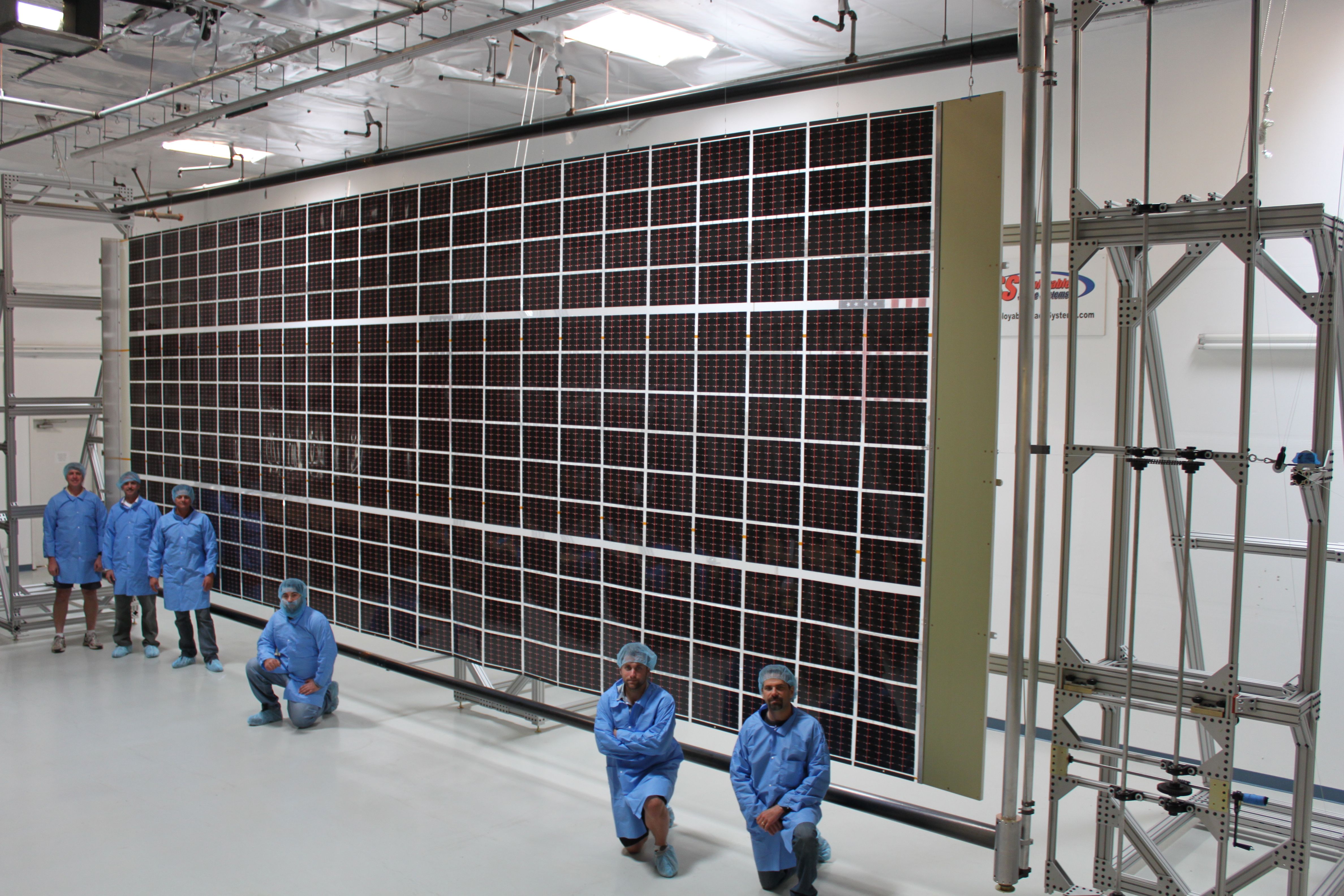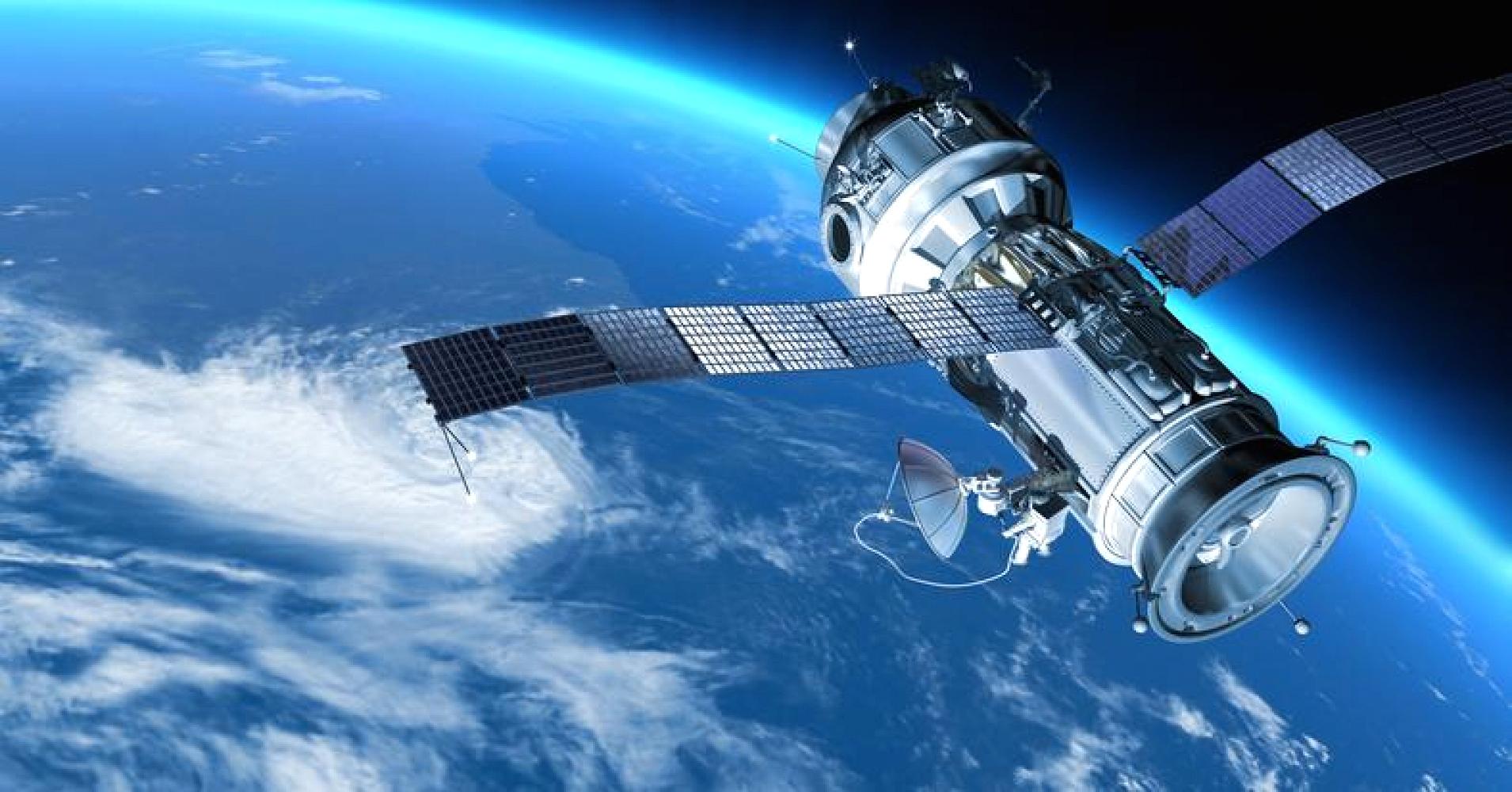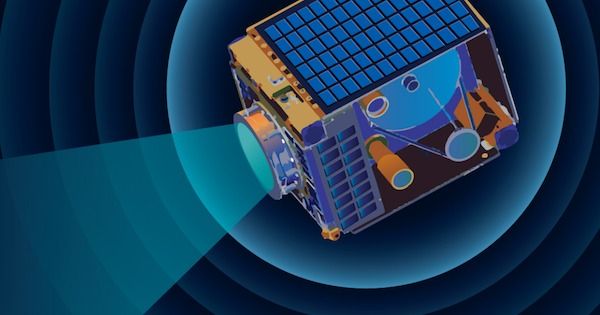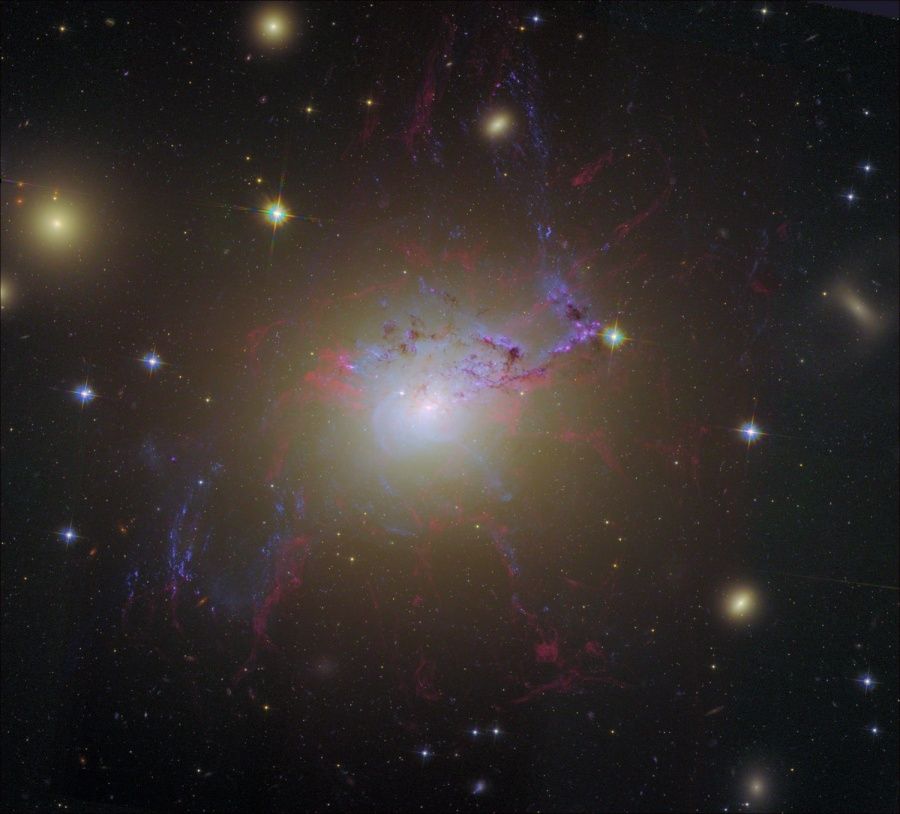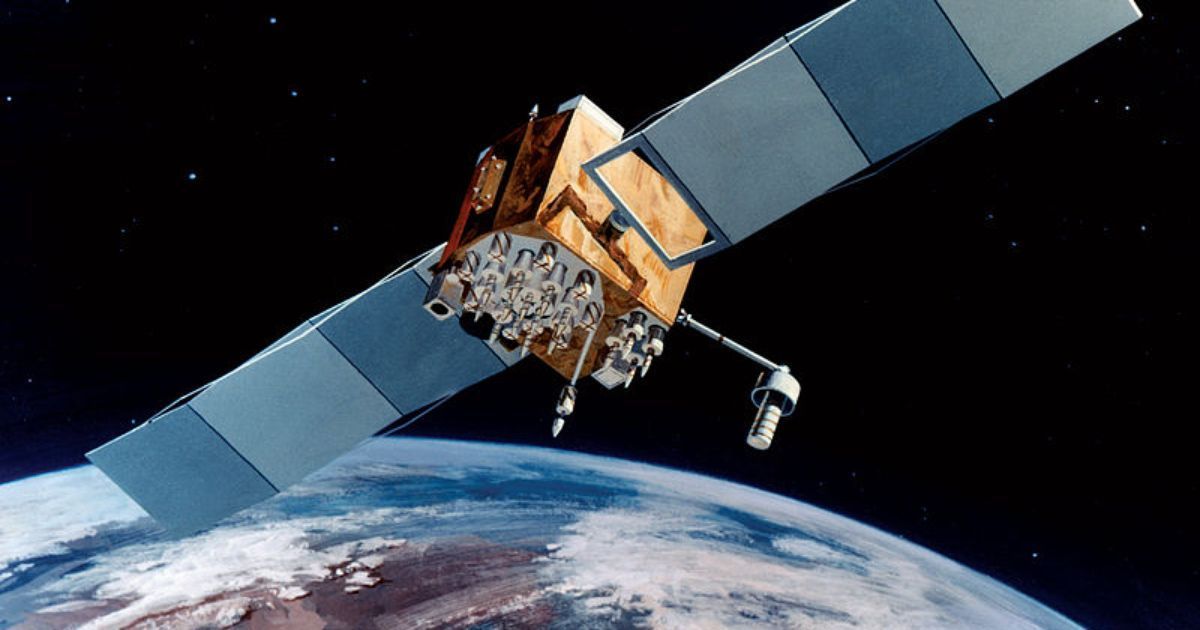Archive for the ‘satellites’ category: Page 178
Jul 29, 2016
China’s new quantum satellite paves the way for unhackable satellite internet
Posted by Karen Hurst in categories: cybercrime/malcode, encryption, internet, quantum physics, satellites
All that I can say is “WOW!”
CHINA is on the brink of launching a groundbreaking new satellite capable of conducting quantum experiments in space, leading some to predict it will usher in the beginning of a new space race.
The world will be watching very closely after the Chinese-led satellite launches in August. If it proves successful in carrying out the quantum experiments, China is expected to follow it with many more in a bid to create a super secure network that uses an encryption technique based on the principles of quantum communication.
Continue reading “China’s new quantum satellite paves the way for unhackable satellite internet” »
Jul 28, 2016
Chinese satellite is one giant step for the quantum internet
Posted by Karen Hurst in categories: government, internet, quantum physics, satellites
Chinese Government launches in the coming weeks their new Quantum Satellite which advances their networks, communications, etc. The question remaining is with Chinese Government backed hackers; what will they do on this technology.
Discussion in ‘China & Far East’ started by onebyone, Jul 27, 2016 at 8:26 PM.
Jul 21, 2016
DARPA Increases SSL Funding for Robotic Satellite Servicing Technology
Posted by Karen Hurst in categories: robotics/AI, satellites
Nice and a big deal.
[Via Satellite 07-21-2016] Space Systems Loral (SSL) has received $20.7 million from the U.S. Defense Advanced Research Projects Agency (DARPA) to design and build robotic arm flight hardware for the first phase of the agency’s Robotic Servicing of Geosynchronous Satellites (RSGS) program. SSL is receiving the funds through MDA US Systems, a division of MDA that SSL manages, and is working with the U.S. Naval Research Laboratory (NRL), which is the prime contractor managing the program.
The contract calls for two complete robotic arm systems capable of capturing and berthing with satellites that were not previously designed for docking. The robotic arms would each have multiple joints enabling dexterous movement, with the ability to carry and use multiple generic and mission-specific tools. Building on contracts SSL received in both 2012 and 2013 for prior DARPA research into space robotics, the total contract value awarded now stands at more than $40 million. The contract could grow further if all remaining options are exercised.
Continue reading “DARPA Increases SSL Funding for Robotic Satellite Servicing Technology” »
Jul 20, 2016
Roll Out Solar Array Technology: Benefits for NASA, Commercial Sector
Posted by Klaus Baldauf in categories: biotech/medical, internet, satellites, solar power
NASA’s Space Technology Mission Directorate (STMD) worked with two private firms to develop advanced structures for high power solar arrays that are stronger, lighter, and package more compactly for launch. This technology investment furthers the agency’s deep space exploration goals and aids the commercial communications satellite industry, the provider of direct-to-home television, satellite radio, broadband internet and a multitude of other services.
The Roll Out Solar Array (ROSA) is one of the options eyed by NASA that could power an advanced solar electric propulsion spacecraft that makes possible such endeavors as the agency’s Asteroid Redirect Mission—plucking a multi-ton boulder from an asteroid’s surface, and then maneuvering that object into a stable orbit around the moon for human inspection and sampling.
Tapping into ROSA technology allows the conversion of sunlight into electrical power that drives the ion thrusters of a solar electric propulsion spacecraft. ROSA is expected to enable a number of space initiatives and is a cost-saving plus to transport cargo over long distances beyond the Earth.
Continue reading “Roll Out Solar Array Technology: Benefits for NASA, Commercial Sector” »
Jul 16, 2016
NASA and Made In Space are Building a Multi-Armed 3D Printing Space Robot Named Archinaut
Posted by Klaus Baldauf in categories: 3D printing, robotics/AI, satellites
California’s space technology company Made In Space, currently preparing their second zero gravity 3D printer called the Additive Manufacturing Facility for the International Space Station, will be playing a key role in a NASA project that could completely revolutionize manufacturing in space. They will be partnering with Northrop Grumman and Oceaneering Space Systems on Archinaut, a 3D printer capable of working in the vacuum of space that will be equipped with a robotic arm. Archinaut is scheduled to be installed on an external space station pod and will be capable of in-orbit additive manufacturing, the fabrication and assembly of communications satellite reflectors or the repair on in-orbit structures and machinery.
Jul 12, 2016
Coming soon: 3D printing satellites in outer space
Posted by Karen Hurst in categories: 3D printing, satellites
3D printing satellites in outer space might sound like the stuff of sci-fi movies, but that’s exactly where the aerospace industry’s biggest players are heading.
More than just a cool gimmick, 3D printing could help save companies money when launching satellites into space by building parts of them there.
“If you think of challenges in getting a satellite into orbit, if you think of major antennas, the fold out antennas we have, the ability to print something in space and deploy it from space is really interesting,” Andy Anderson, deputy chief technology officer at Airbus, told CNBC in an interview at the Farnborough air show on Monday.
Continue reading “Coming soon: 3D printing satellites in outer space” »
Jul 9, 2016
China Nears Launch Of Its “Hack-Proof” Quantum Satellite
Posted by Karen Hurst in categories: cybercrime/malcode, quantum physics, satellites
All seems to be on schedule this time for China’s Quantum Satellite Launch in the next few weeks. Google, hope you’re ready.
China will be launching its quantum satellite next month, answering longstanding questions about whether or not a global quantum network is feasible.
Jul 6, 2016
A new look at the galaxy-shaping power of black holes
Posted by Andreas Matt in categories: cosmology, evolution, satellites
Data from a now-defunct X-ray satellite is providing new insights into the complex tug-of-war between galaxies, the hot plasma that surrounds them, and the giant black holes that lurk in their centres.
Launched from Japan on February 17, 2016, the Japanese space agency (JAXA) Hitomi X-ray Observatory functioned for just over a month before contact was lost and the craft disintegrated. But the data obtained during those few weeks was enough to paint a startling new picture of the dynamic forces at work within galaxies.
New research, published in the journal Nature today, reveals data that shows just how important the giant black holes in galactic centres are to the evolution of the galaxies as a whole.
Jul 5, 2016
IARPA puts up $100K for 3D satellite mapping solution
Posted by Karen Hurst in categories: robotics/AI, satellites
“Numerous commercial satellites — including newly emerging CubeSats — cover large areas with higher revisit rates and deliver high-quality imagery in near real-time to customers,” according to IARPA Program Manager HakJae Kim. “Although the entire Earth has been — and continues to be — imaged multiple times, fully automated data exploitation remains limited.”
The two-phase Multi-View Stereo 3D Mapping Challenge will kick off July 11 with the ultimate goal of creating a 3D mapping system, as well as a community citizen scientists interested in working on future crowdsourcing challenges.
The challenge includes a total of $14,000 in prizes during the initial Explorer phase, though the full challenge has a prize pool of $100,000. Prize allocations for the Master contest have yet to be determined.
Continue reading “IARPA puts up $100K for 3D satellite mapping solution” »
